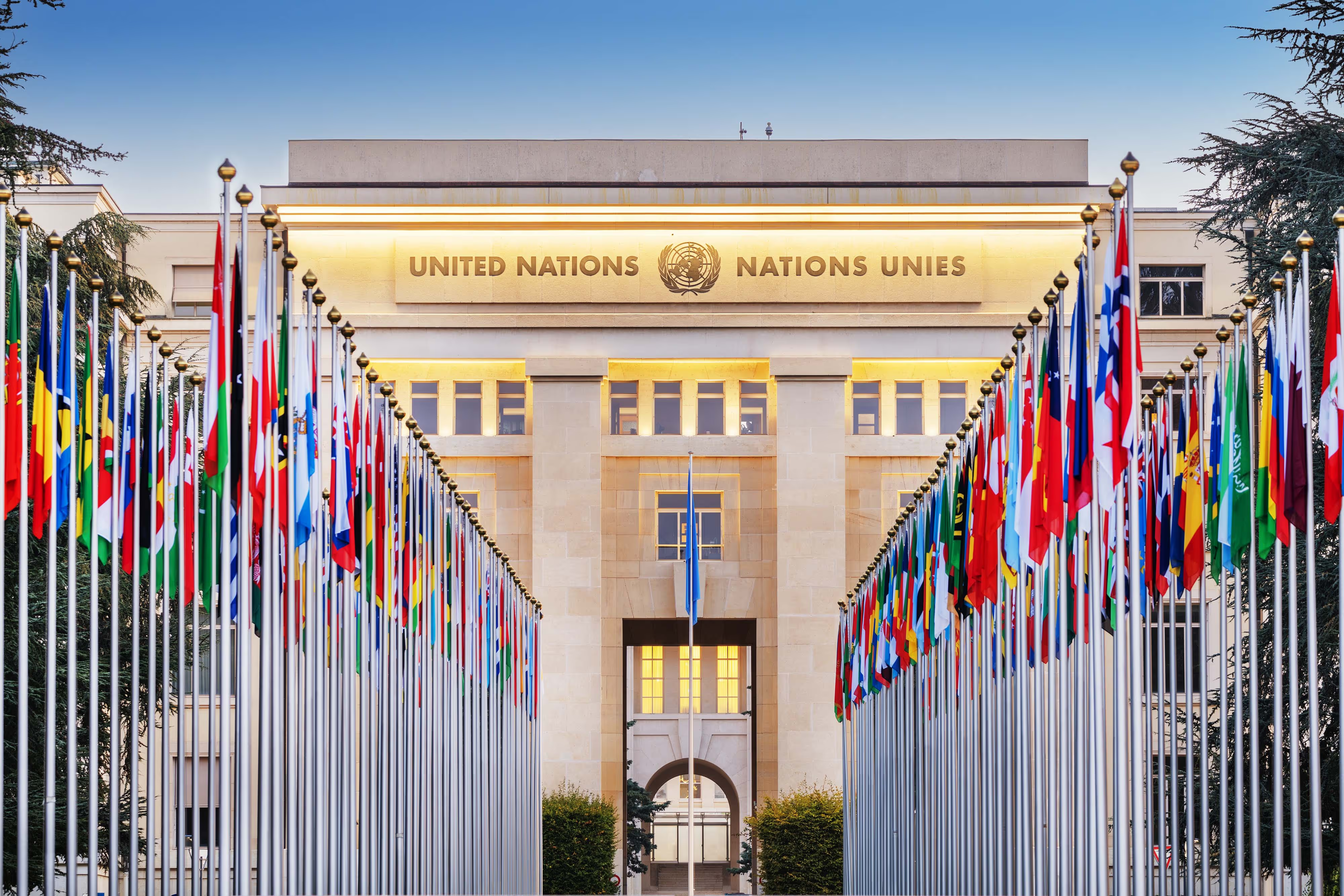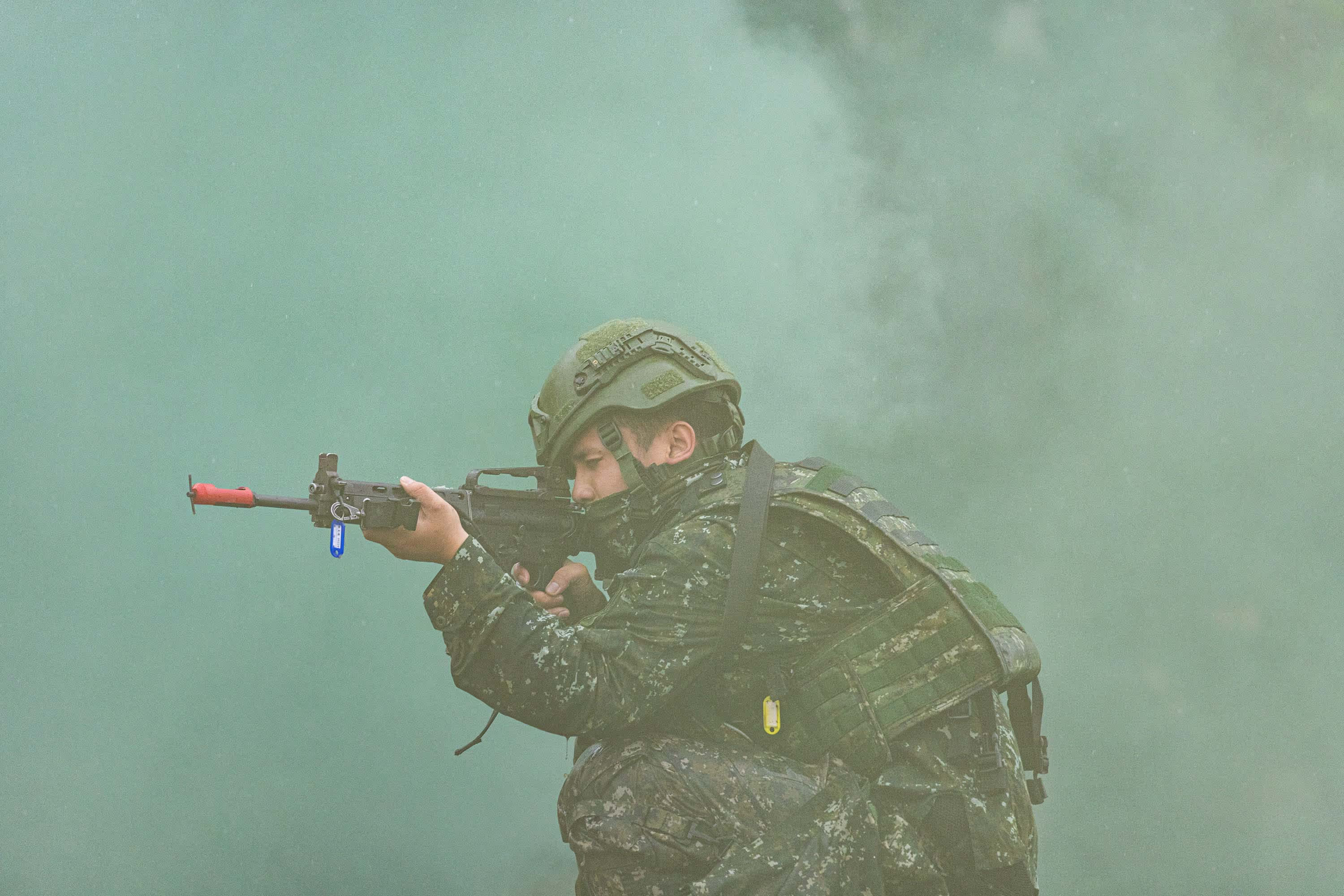China’s stance on the Taiwan Strait
Beijing’s military assertiveness isn’t limited to Taiwan itself; it also extends across the Taiwan Strait. China uses its armed forces to assert and enforce excessive claims in the strait.
The PRC Government rejects the idea that the Taiwan Strait qualifies as a channel for ‘international navigation’, as defined in Article 37 of the United Nations Convention on the Law of the Sea (UNCLOS). Instead, Beijing argues that the strait is too narrow to meet that threshold and insists that the waters ‘from both shores towards the middle of the Strait’ constitute a mix of China’s internal waters, territorial sea, contiguous zone and exclusive economic zone.
On that basis, China claims that foreign military vessels transiting the strait under the principle of ‘innocent passage’ are violating its sovereign rights. To enforce that stance, the PLA Navy, and at times the CCG, closely monitor and shadow foreign ships. In recent years, including in 2023, Chinese vessels have engaged in increasingly assertive and risky manoeuvres to intimidate transiting navies. Those actions are typically accompanied by strong diplomatic protests, delivered both in Beijing and to the governments of the transiting states.
How countries challenge freedom of navigation in the Taiwan Strait
In response, a growing number of countries now conduct naval transits through the Taiwan Strait to contest China’s excessive claims and to reaffirm key principles of UNCLOS. Those operations highlight the importance of unimpeded passage and reinforce broader commitments to a free and open Indo-Pacific.
Approaches, however, vary. Some states make their transits highly visible, framing them as deliberate demonstrations of support for international law and freedom of navigation. Others prefer a quieter, low-profile approach, with minimal public attention but clear signalling to Beijing, whose vessels almost always shadow such movements.
Publicly available data indicates that at least 10 countries are active in the Taiwan Strait:

The United States remains the most active non-PLA military presence in the Taiwan Strait. In 2024, US forces conducted at least six transits, with Navy vessels reported in January, March, August, and October. In addition, US Navy P-8 Poseidon aircraft flew over the Strait in September and November. These operations are routinely publicised, underscoring Washington’s commitment to uphold navigational rights and operate wherever international law allows. The United States also coordinates with partners: following a joint US–Canada transit in June 2023, another was carried out in October 2024.

Canada has steadily increased its presence since adopting its Indo-Pacific Strategy in November 2022. Canadian naval vessels now transit the Strait roughly three times per year. Canada conducts operations both independently and alongside partners, including with the United States and with Australia. In line with its emphasis on transparency, Canada has also embedded journalists aboard its ships, including those transiting the Strait, to raise awareness of the operational challenges posed by China’s assertiveness.

Australia is the final country that likely conducts regular transits of the Strait. However, as the Australian government does not advertise transits, the tempo is difficult to determine. China challenged an Australian transit all the way back in 2001, while another transit was confirmed in November 2023. In September 2024, Australia’s HMAS Sydney and New Zealand’s HMNZS Aotearoa jointly transited the Strait. On 6 September 2025, Australia reportedly conducted another joint transit of the Strait, this time with Canada.

The United Kingdom typically sails through the Taiwan Strait when its naval vessels are operating in the region. In 2021, HMS Richmond became the first British vessel to conduct a transit since 2008. In June 2025, the patrol vessel HMS Spey, permanently stationed in the Indo-Pacific, completed a Strait transit. On 12 September 2025, the UK conducted its first bilateral transit of the Strait, sailing alongside a US warship.

France also transits when its vessels are deployed in the Indo-Pacific. A Floréal-class frigate sailed through the Strait shortly after President Macron’s 2023 state visit to Beijing. The surveillance frigate Prairial repeated the operation in October 2024, highlighting France’s willingness to reinforce freedom of navigation in the region.

On 25 September 2024, the replenishment vessel HMNZS Aotearoa transited the Strait, the first confirmed New Zealand transit since 2017. The operation was conducted jointly with Australia’s HMAS Sydney. Wellington confirmed the transit as a “routine activity” in accordance with international law and the right to freedom of navigation.

Japan had long avoided transiting the Taiwan Strait but shifted course in 2024. On 25 September, the destroyer JS Sazanami sailed through the Strait, followed by additional transits in February and June 2025. While Japan’s Ministry of Defense declined to comment publicly, these operations represent a significant evolution in Tokyo’s security posture.

In September 2024, two German naval vessels transited the Taiwan Strait, the first German passage in more than 20 years. During its earlier Indo-Pacific deployment in 2021–22, Berlin had deliberately avoided the Strait. The 2024 operation was confirmed by Germany’s Defence Minister, who reiterated that the Taiwan Strait constitutes international waters.

The Dutch frigate HNLMS Tromp transited the Strait in May 2024, marking a notable policy shift. In 2021, another Dutch vessel, HNLMS Evertsen, had deliberately avoided the waterway. The 2024 passage was confirmed by the Royal Netherlands Navy.

In May 2024, the Turkish Navy made a rare appearance in the region when the anti-submarine frigate TCG Kınalıada transited the Strait en route to Japan. The voyage underscored Turkey’s growing global naval presence, even if its role in the Indo-Pacific remains limited.


